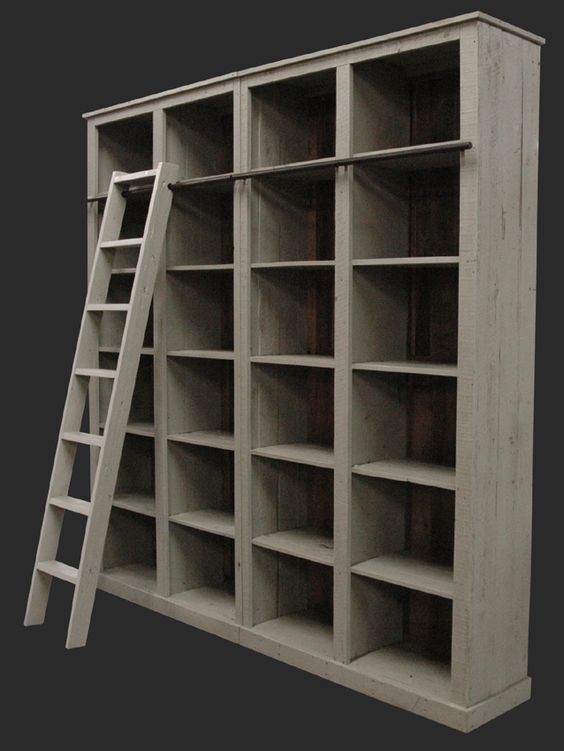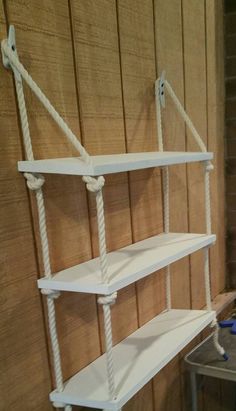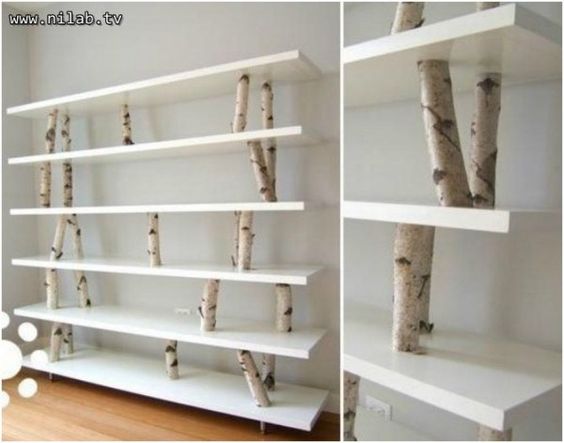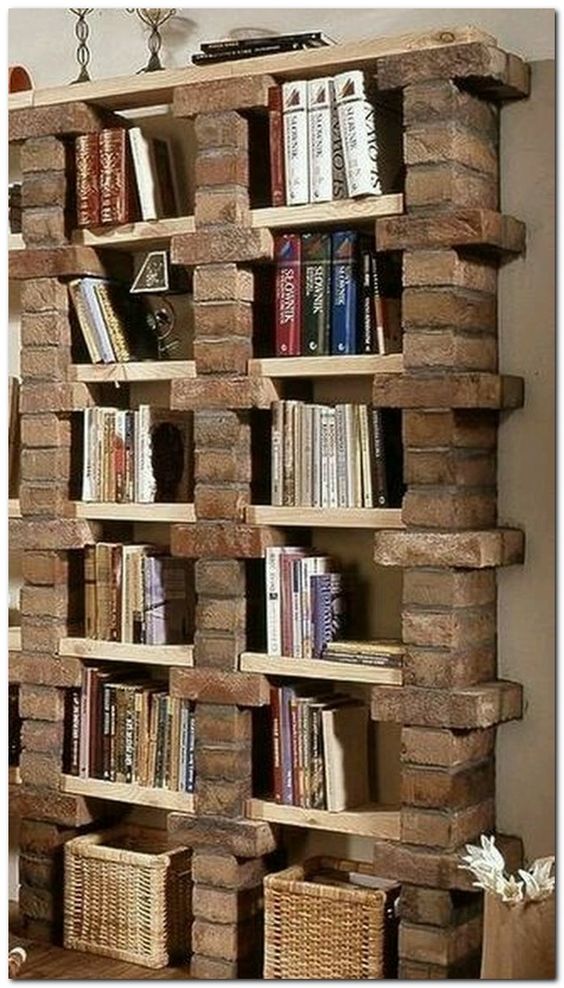| There are five characteristics of your credit history that make up your three-digit score: your payment history, account balances, the length of your credit history, the types of credit used and how often you’ve applied for new credit. Credit scores will improve much more quickly by paying attention to the two categories that have the greatest impact on a score: payment history and account balances. Payment history accounts for 35 percent of the total score. When someone makes a payment more than 30 days past the due date, scores will fall. An occasional “late pay” won’t do much damage to your score but continued payments made more than 30 days past due definitely will. Preventing late payments is key to recovering your score. Account balances compare outstanding loan balances with credit lines and makeup 30 percent of your score. If a credit card has a $10,000 credit line and there is a $3,300 balance, scores will actually improve, as the ideal balance-to-limit is about one-third of the credit line. As the balance grows and approaches or exceeds the limit, scores will begin to fall. The remaining three have relatively little impact. How long someone has used credit accounts for 15 percent of the score, but there’s really nothing anyone can do to improve this area other than to wait. Types of credit and credit inquiries both makeup 10 percent of the score. By concentrating on payment history and account balances, scores will improve significantly over the next few months. |
Bookshelves for Book Lovers
As book lovers, we don’t lust after cheap bookshelves. When thinking about our private libraries and how to best display our treasured books, we all dream of something like the library from Beauty and the Beast, right? Or, barring that, some impossibly swirly or hidden-away book nook to settle into.
And then… well, we look at the price of those fancier bookshelves, take a deep breath, and redirect our attention towards some cheaper bookshelves that actually still look pretty nice and do the job.

It’s sometimes difficult to say goodbye to a beloved piece of furniture—no matter how weathered—so skip the fond farewell by refurbishing an old but cherished bookcase. Whether it needs stripping and sanding, a layer of lacquer, or a fresh coat of paint, a worn bookcase can be made as good as new with a little effort.

Assembled from a small stack of 1×8 boards and black plumbing pipes, this bookshelf is industrial in both strength and style—and putting the unit together proves that the electric drill is the tool that rules them all!

Rope is an excellent all-purpose craft material—it can be used in making stair railings, lampshades, and even privacy screens. A sturdy length of knotted rope is also great for suspending a shelf that lends a nautical charm to any room.

Using your imagination, you can create any type of bookcase like the birch wood. Possibly better suited to a music room or study, to be a conversation starter wherever it’s put.

Give old bricks a second life as a DIY bookcase by mounting it sideways on a wall. Glue the bricks together making the sturdy.

Use shipping pallets or old wooden boxes as the primary construction material in your DIY bookcase. Once you’ve assessed the quality and integrity of your individual pallets, begin the straightforward task of attaching horizontal shelves to the pallets’ slats. Be sure to mount the pallets using drywall anchors for maximum steadfastness against the wall.

Cinder blocks and wood planks form a more perfect union in this affordable shelving project, easy enough for even a novice DIYer to complete. Enhance the structure’s style by painting the boards before inserting them into the cinder blocks.

Growing Season Ended
The growing season ended for the flowers and vegetables, what were you pleased to see that? was surprised to see? was disappointed to see?
I’ll go first. I was pleased to see my new asparagus plants grew like crazy! By fall I had 5 or more stems from each root, and most grew 3feet tall! My parsnips grew like crazy, as did onions … and all root crops except the radishes for the four years in a row. Need to plant them as soon as the ground thaws.
I was surprised to see how my okra grew to four feet. It’s a lesser-known crop, one that is cooked and eaten, not munched raw like carrots. It tasted good in soups or sautéed. I was surprised that my beets grew so perfectly, even the ones that I had not thinned enough.
I was disappointed to see, once again, that I had to fight various blights on my tomatoes. In the “old days” tomatoes kept on growing and producing fruit through September and into October. We covered them with blankets to keep the frost off them. But not anymore. Hail finished everything off right after Labor Day.
How about you?
